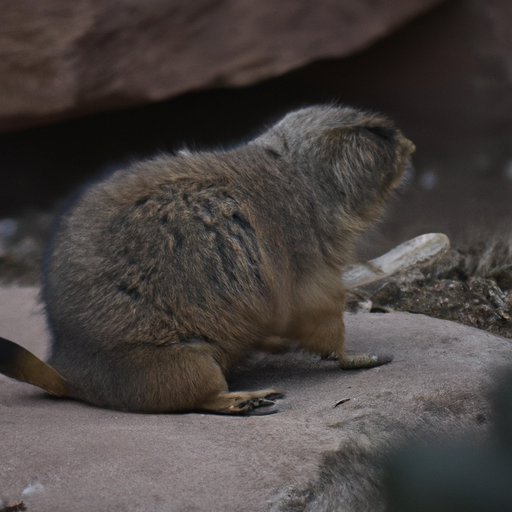 Introduction:
Introduction:
The animal kingdom is a realm of incredible diversity, where an astonishing variety of species have evolved to inhabit every corner of our planet. Within this vast array of creatures, some share remarkable similarities, be it in appearance, behavior, or anatomical features. In this extensive article, we embark on a journey to discover animals alike, unveiling the wonders and intricacies of their existence. From the fascinating mimicry of the insect world to the astonishing convergent evolution among mammals, we will explore the remarkable adaptations and evolutionary patterns that have given rise to these similarities.
1. Insect Mimicry:
Insects have mastered the art of mimicry, adopting appearances and behaviors that deceive predators or lure prey. One of the most famous examples is the viceroy butterfly, which mimics the appearance of the unpalatable monarch butterfly to deter predators. Similarly, hoverflies mimic bees or wasps, benefiting from their intimidating appearance while being harmless themselves. These examples of Batesian mimicry showcase how certain insects have evolved to resemble other species for survival advantage.
2. Convergent Evolution in Mammals:
Mammals, despite their incredible diversity, have also displayed convergent evolution, where unrelated species adapt similar traits due to similar environmental pressures. One such example is the marsupial mole and the eutherian mole. Though separated by continents and millions of years of evolution, both species developed similar features, such as burrowing adaptations, elongated bodies, and shovel-like forelimbs, allowing them to thrive in subterranean habitats. This extraordinary convergence of form and function showcases the power of natural selection.
3. Aquatic Mammals: Masters of Adaptation:
In the vast realm of aquatic environments, several mammalian species have independently evolved to thrive in water, displaying remarkable similarities in their adaptations. Dolphins, ichthyosaurs, and sharks have all developed streamlined bodies, flippers, and dorsal fins, enabling them to maneuver efficiently through aquatic habitats. These examples of convergent evolution underscore the importance of hydrodynamics in the survival of these animals, regardless of their distant evolutionary lineages.
4. Camouflage and Cryptic Behaviors:
Across various animal taxa, camouflage has been a successful survival strategy. From the leafy seadragon that resembles floating seaweed to the walking stick insect that mimics twigs, animals have evolved to blend seamlessly with their surroundings, avoiding detection by predators or prey. Additionally, some animals employ cryptic behaviors, such as the flying squirrel‘s ability to glide between trees, imitating leaves rustling in the wind. These astonishing adaptations highlight nature’s ingenuity in evading detection and ensuring survival.
5. Echolocation: Nature’s Sonic Architects:
While bats are widely known for their echolocation abilities, other animals have also evolved similar capabilities. Certain species of whales, such as the toothed whales, use echolocation to navigate, locate prey, and communicate. Additionally, some birds, like the oilbird, have developed a form of echolocation to navigate through dark caves while foraging. The convergence of echolocation in these diverse animals showcases how natural selection has shaped their abilities to perceive their surroundings through sound, enabling them to thrive in their respective habitats.
Conclusion:
The animal kingdom is a testament to the wonders of evolution, where similarities emerge in the most unexpected places. Through convergent evolution, animals alike have adapted to their environments, showcasing remarkable similarities in form, behavior, or adaptations. From insects’ mastery of mimicry to the convergence of traits in mammals and aquatic creatures, nature’s creative solutions to survival challenges are abundantly evident. Understanding these similarities not only deepens our appreciation for the diversity of life but also sheds light on the incredible power of evolution to shape and mold the animal kingdom.
